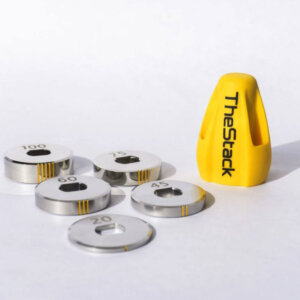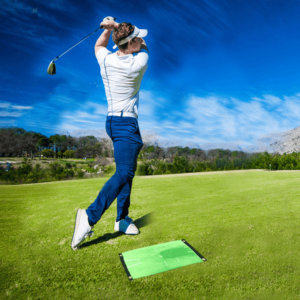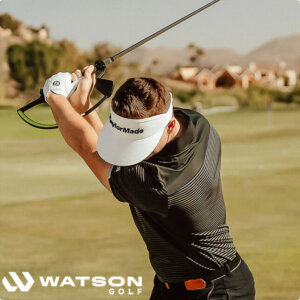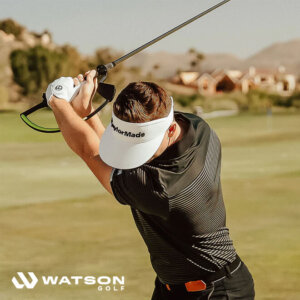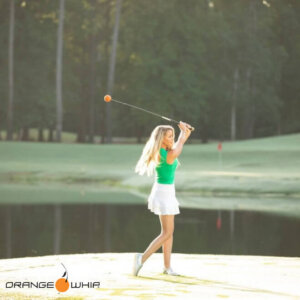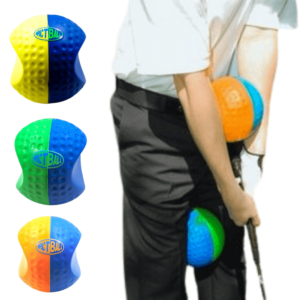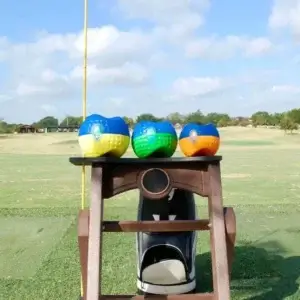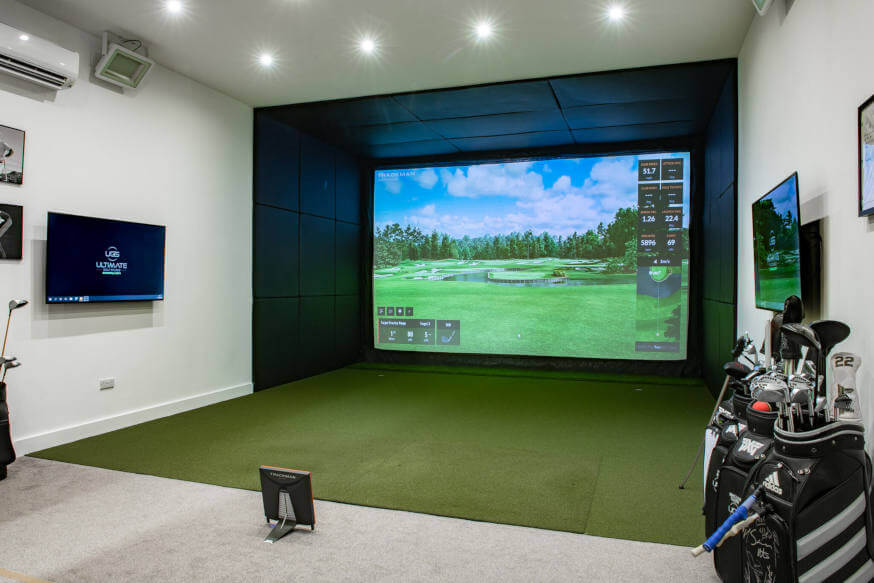
Golf Launch Monitors: Radar vs Camera Technology
When choosing the perfect launch monitor(s) for your golf simulator setup, understanding the difference between a radar and camera-based system is essential.
The launch monitor technology itself is responsible for capturing precise data about your swing and ball flight to improve your game. That said, both radar and camera monitors have dramatically affected how golfers analyse their performance, elevating their training from routine and rudimentary to professional. On top of that, each system best suits golfers’ differing needs, space constraints, and budgets, but how do you know where to begin?
To answer this question, it’s prudent to break down exactly how each technology works and where each one might be most applicable and useful. This short guide explores the differences between radar and camera monitors and which one would be best suited for you when it comes to maximising your golf practice time.
How Radar Launch Monitors Work
Radar-based launch monitors, such as the highly-rated TrackMan golf simulator systems, utilise Doppler radar technology to track your golf ball throughout its entire path from tee to green. These devices typically position themselves up to 3 metres behind the golfer, using microwave signals to measure ball speed, spin rate, and trajectory in real-time.
One of the biggest benefits of radar technology is how it can track the ball’s complete flight, making it exceptionally accurate for outdoor use and larger indoor spaces. TrackMan golf simulators, with good reason, are widely considered the gold standard in professional golf, used by professional PGA tour players and coaches worldwide.
That said, radar systems can be affected by external and environmental factors. Surrounding or nearby metal objects, fluorescent lighting, and rotating fans may interfere with data readings, which must be carefully considered when setting up your home golf simulation system.
How Camera Launch Monitors Work
Camera-based systems, including those from Foresight and Uneekor, use high-speed photometric technology to capture thousands of images per second at the moment of impact. These systems typically mount adjacent to or above the hitting area, requiring significantly less space than their radar counterparts.
Foresight’s GCQuad systems, in particular, exemplify quality camera launch monitor technology. It utilises multiple high-resolution cameras to measure both ball and club data with remarkable precision. Similarly, Uneekor’s EYE series offers overhead mounting options that work seamlessly in more confined playing and practice areas.
The main benefit of camera systems is their compact footprint and excellent performance in controlled indoor lighting conditions. They’re particularly effective for measuring club data, including face angle, attack angle, and impact location on the clubface.
Which Type of Launch Monitor is Best for Me?
Both camera and radar systems offer players exceptional accuracy when properly calibrated and positioned.
Radar systems are unmatched in terms of tracking ball carry (and total) distance, typically achieving accuracy within 2-3% of actual values in optimal conditions. As they can measure the ball throughout its flight, analysing shot dispersion and landing angles is easy and fast.
Camera-based systems excel in measuring club data and impact dynamics. They are particularly adept at providing real-time information about what happens at the moment of impact, making them invaluable for swing analysis.
TL;DR
What does a radar launch monitor track?
- Ball speed and carry distance
- Spin rate and spin axis
- Launch angle and landing angle
- Shot dispersion patterns
- Total distance including roll
What does a camera launch monitor track?
- Club head speed and path
- Face angle at impact
- Dynamic loft and lie angles
- Impact location (heel/toe, high/low)
- Attack angle precision
Many modern golf simulator systems often combine both technologies, offering the benefits of each approach in a single unit.
When Should I Use a Specific Type of Launch Monitor?
Choose a radar launch monitor when:
- You have sufficient space (at least 6m²)
- Using an outdoor simulator and training aids (nets, mats, etc.)
- Shot dispersion analysis is a priority
- You prefer no obstructions
Choose a camera launch monitor when:
- Space is limited (e.g. in a bespoke golf cabin or indoor office setup)
- Club fitting and swing analysis are key
- You want overhead mounting options
- Detailed impact data matters most
Best Golf Launch Monitors from Golf Swing Systems
The decision between radar and camera technology ultimately depends on your specific priorities, training availability, space, and which data metrics matter most for your game improvement goals.
At Golf Swing Systems, we specialise in helping golfers choose the perfect launch monitor technology for their needs. Whether you’re considering a TrackMan radar system, a Foresight camera-based unit, or an innovative Uneekor solution, our experts can guide you through the selection process and find one that is going to meet your short- and long-term needs.
We understand that choosing the right launch monitor is a significant investment, and we’re committed to ensuring you select the technology that will best serve your golfing ambitions.
Contact our team today to arrange a demonstration of our innovative golf launch monitors and simulators that so many have been wowed by.


